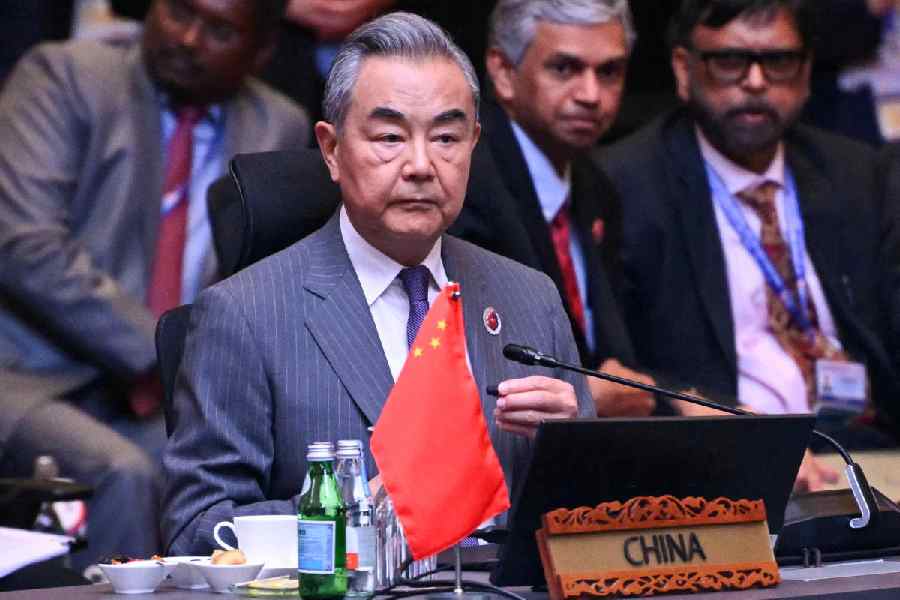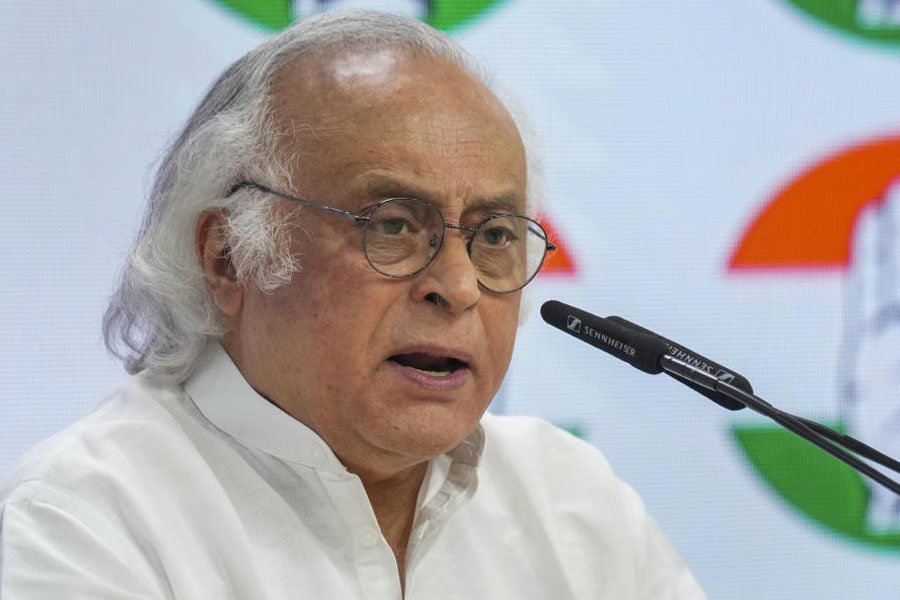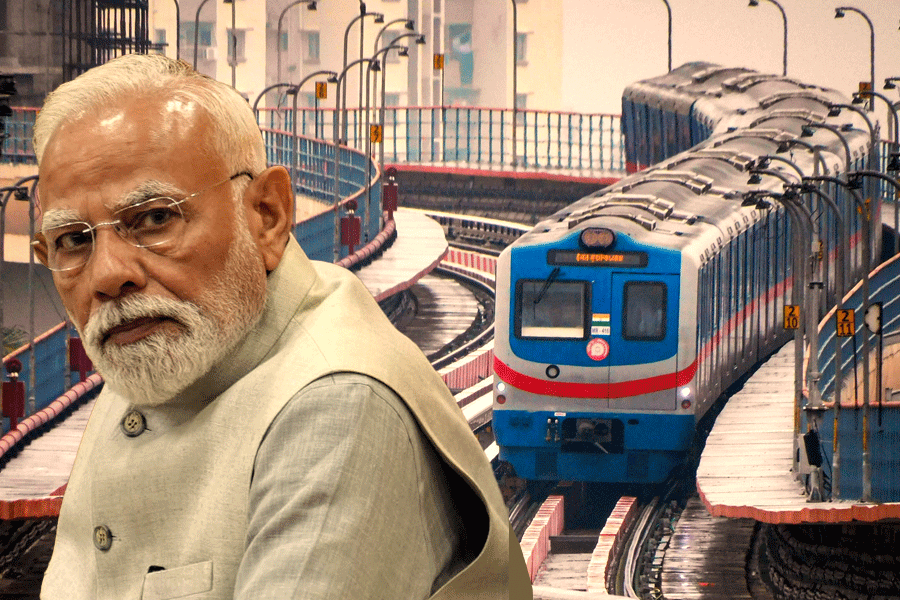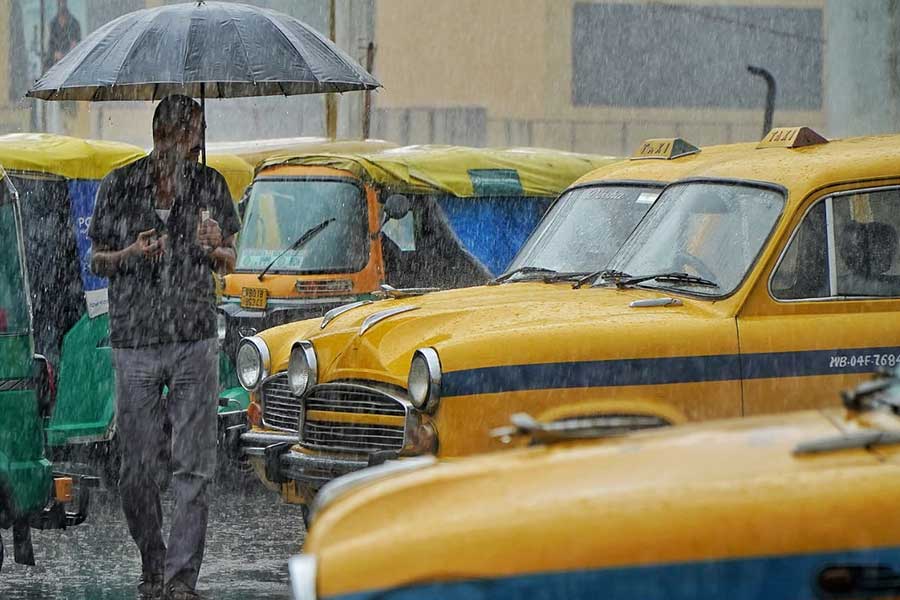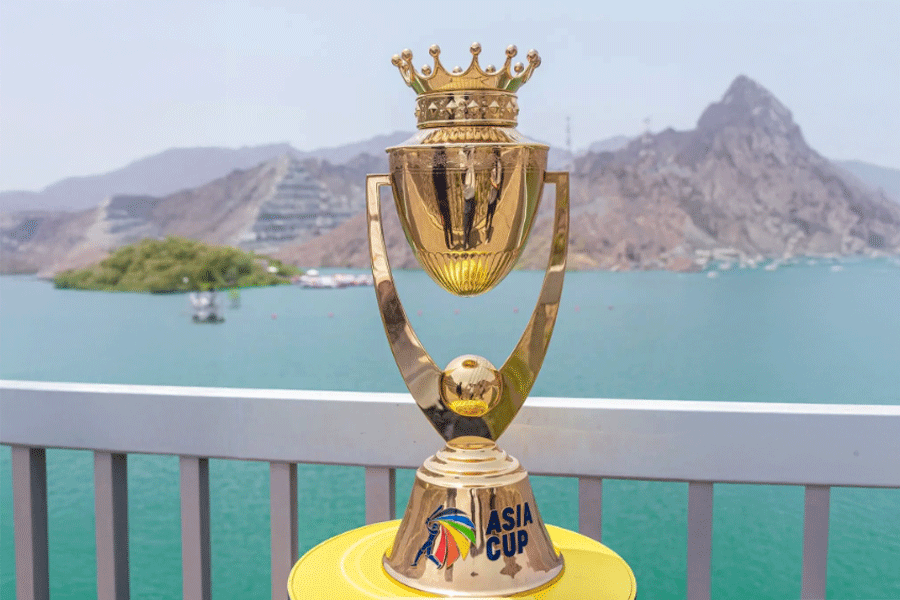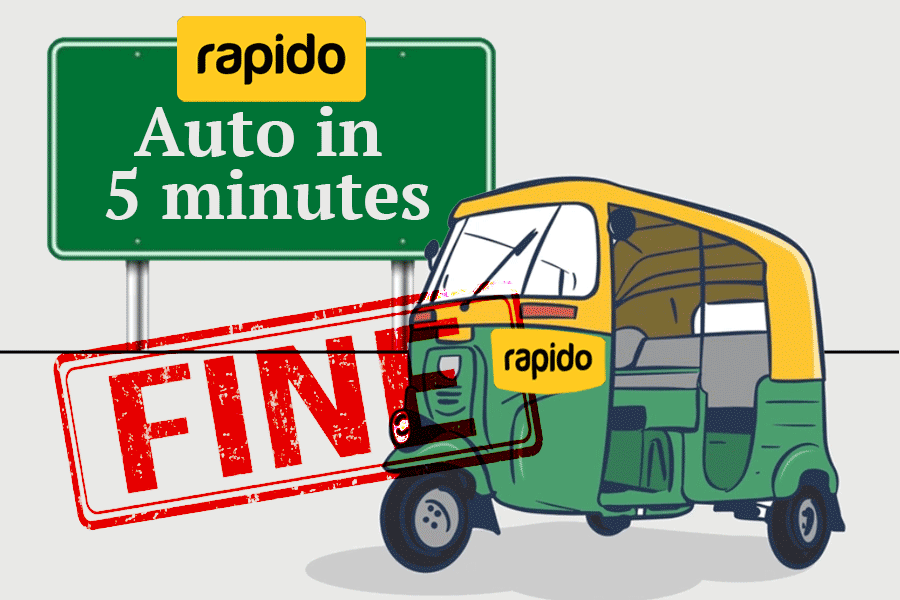 |
| At Baci, Andrea Pauro pays special attention to the seafood as it’s extremely popular; Pic by Jagan Negi |
“Italian cuisine is going great guns — from India to Eskimo Land,’’ says Andrea Pauro firmly. Pauro’s confidence is understandable. Baci, his chic restaurant in Delhi’s Sunder Nagar has been setting the bar for stand-alone Italian restaurants in the city. The swish set likes Baci (Congress chief Sonia Gandhi has been spotted there) for its authentic Italian dishes created and fine-tuned by the half-Italian Pauro and his very Italian father.
Meanwhile, at Stella, The Leela Mumbai, another Italian chef is keeping the flag flying for the rigatoni-with-duck-ragout-and-foie gras routine. “A plate of pasta a day, keeps the doctor away,” jokes chef Marco Priolo. His words seem to have found resonance with Indians who pronounce with practised familiarity names like penne/lasagna, porcini ravioli, potato gnocchi-gorgonzola sauce and other hot Italian favourites.
Italian cuisine is undoubtedly the flavour of the month and a brigade of Italian chefs has been flown in to ensure that Indians who can afford it are served up Italian cuisine with an authentic flavour. And they are redefining authentic, so you can now eat Italian food the way the Italians do.
On offer is fine dining and much more. There’s regional cuisine from all parts of Italy. Indeed many of the menus being created by these chefs are filled with simple, home-grown recipes that would have done their grandmothers proud.
 |
 |
| The tuna tartare (above) is among the specialities tossed up by Marco Priolo at Stella, The Leela Mumbai |
And that’s not all. Just occasionally when they want to have some fun, they dabble in a bit of sophisticated fusion as well (think on the lines of Japanese — and Indian-Italian). It’s innovative, modern cuisine at its best.
So today, the celebrated Bill Marchetti — the Italian chef who kick-started the movement for true-blue Italian dining in India some years ago — has company. Marchetti has now moved several steps forward and is the force behind Spaghetti Kitchen, a chain of Italian restaurants across the country.
Or, take a look at chef Davide Cananzi, the Sardinia-born chef. He’s been in India for several years, has a Bengali wife — who is a deejay — and is firmly in charge as executive chef at Hotel Hindusthan International’s (HHI) Italian restaurant, Valentino. Cananzi insists it’s no surprise that Italian dishes are giving tandoori chicken and maachher jhol a run for their money.
“Italian cuisine is the world’s most versatile cuisine after Chinese. It’s easily accepted by any palate,” he says.
Cananzi says that when he first landed in India seven years ago, he had to put in an extra effort to “educate” his guests about Italian cuisine. “Now, however, I have guests asking me to make authentic Italian dishes that aren’t even on the menu,” says Cananzi.
MEET THE CHEFS AND THEIR SPECIALISATIONS
 |
 |
| Seafood risotto and tortelli with mushroom sauce (above) are Davide Cananzi’s best-sellers at Valentino, HHI Pix: Rashbehari Das |
Most of these chefs have arrived in India with a global perspective on the finer nuances of Italian cuisine — since they have been globetrotting for years before landing in this country.
In Delhi, there’s chef Abhay Singh Bhoite — better known as Mickey. Mickey was born in India but spent his childhood in sunny Tuscany. He has worked in top-notch hotels and restaurants in Italy, Switzerland and Sydney and he has now moved to Delhi to head the sparkling new Le Cirque at The Leela Palace.
The restaurant has its formidable reputation to defend — especially since it’s Le Cirque’s first outing in Asia after its iconic outlets in New York, Las Vegas and Dominican Republic. And Mickey is determined that Le Cirque in Delhi makes the cut. Mickey specialises in the hearty Tuscan traditional cuisine, but he has added his signature touches by making it lighter and by using ingredients uncommon to Italian cuisine like Asian herbs.
Keeping Mickey company at The Leela Palace is sous chef Filippo Fondatori, who’s from Pistoia, a small town in Tuscany. Filippo is also a seasoned globetrotter. He worked for two years as chef de cuisine at the Beach Club by Le Cirque in the Dominican Republic. During those two years, he supervised private dinners at the villas of guests including George Bush, Beyonce Knowles and Cameron Diaz.
Fondatori has an impressive resume — he’s worked in several renowned Italian restaurants in Spain, France and others in Italy known for traditional Tuscan cuisine. He’s even done a stint at the Michelin-starred Arnolfo Ristorante at Siena in Italy.
 |
 |
| Abhay Singh Bhoite, whose forté is traditional Tuscan cuisine, serves up classics like the paupiette of black cod (above) at Le Cirque, The Leela Palace, New Delhi |
If you’d like something slightly different, there’s some fusion Italian coming your way from chef Giovanna Marson — the lone Italian woman chef in the country. In the 10 years that she has been in the business, she’s got a taste of Asia in places like Hong Kong, Shanghai and Japan. For the past three years she has been calling the shots at Prego, the stylish Italian restaurant at the Taj Coromandel, Chennai.
Marson is a stickler for authentic tastes but she’s also willing to experiment. She has whipped up Japanese-Italian fusion dishes at Pergo — clearly based on her experiences in Japan. “They are simple preparations with dynamic flavours,” she says.
Chef Alessandro Sandrolini too keeps busy in the show-kitchen of Delhi’s La Piazza at The Hyatt Regency. His culinary journey, began in 1989 in the kitchens of Bologna, Italy’s culinary centre, and he arrived in India three years ago. The speciality fine dining Italian restaurant is famous for its signature pepperoni pizza. And Sandrolini isn’t complaining that it’s primarily his pastas and pizzas that have customers coming back for more. “But I draw a line on serving chicken tikka pizza. That really kills me,’’ he says firmly.
Marco Priolo of Stella too has travelled the world before hitting Indian shores a year-and-a-half back having worked extensively in Italy, England, Spain, Germany and Thailand. “What amazes me in India is the enthusiasm of guests to go that extra mile to eat something authentic,” he says. Marco plans to bring in more varieties of traditional Italian flavours ranging from the north to the south of Italy, as well as classic presentations.
 |
 |
| Treat yourself to Alessandro Sandrolini’s signature pepperoni pizza or porcini ravioli, spinach, garlic, brown butter sauce (above) at La Piazza, The Hyatt Regency, Delhi Pix: Jagan Negi |
The fact that Indians are more than willing to go beyond pasta and pizza and sample cuisines from various regions of Italy is giving the chefs reason to toss up out-and-out Italian fare. Says chef Vincenzo di Tuoro of Vetro, the contemporary Italian restaurant at The Oberoi, Mumbai, “Italian fine dining has gained popularity as people appreciate the cuisine’s indigenous flavours rather than only focus on pizzas and pastas.’’
The Naples native, di Tuoro arrived at Vetro in 2010. Before that he served as head chef at the celebrated Il Palazzetto Restaurant at Hotel Hassler in Rome. He’s balanced out the Vetro menu with regional specialties and ingredients particular to each region be it Piedmont, Aroborio, Lazario or Rome.
WHAT’S IT ABOUT ITALIAN CUISINE?
The chefs feel that Indian and Italian cuisines have much in common, which is making it a winner in India. Says Priolo: “Quite like Indian cuisine, which differs vastly from region to region, Italian food too has its myriad versions.”
He says that the cuisines of both countries are based on carbohydrates — rice or wheat in India, rice or pasta in Italy that’s seasoned with highly flavoured sauces.
Le Cirque’s Mickey adds that unlike French cuisine which uses proteins as its prime element, the Italians, just like Indians, put carbohydrates first before anything else. Says Mickey: “Indian cuisine has gravies while Italian cuisine has rich sauces,’’ he says. Additionally, both cuisines use aromatic herbs and have a lot of spicy and non-spicy options.
The chefs say that the elements of Italian preparations most favoured by Indians are the relatively simple ones both in terms of cooking and ingredients. “Traditional Italian cooking is known for its simplicity and redolence of flavours,” says di Tuoro.
 |
 |
| Giovanna Marson has introduced Japanese-Italian fusion dishes at Pergo, Taj Coromandel, Chennai; (above) Pappardelle with vegetable ragout and tomato sauce |
CHEF’S CHOICE
Pauro of Baci says that seafood dishes are hugely popular (he’s currently launched a seafood festival at Baci). And at Calcutta’s Valentino, guests are ordering everything from fish to oven-roast lamb chops. What’s more, Cananzi says he has witnessed a meteoric rise in the popularity of beef dishes.
Though Cananzi likes to keep his dishes true to the essence of Italy, on request he gives his dishes an Indian twist. So, quite unlike many other Italian chefs, he’s as comfortable making a gnocchi with dal makhni or an experimental lasagna with yellow dal as he is with traditional pastas and pizzas.
Mickey — who’s an expert at hand-rolling pasta the traditional way — loves making fresh pasta and says that his favourite dishes are pasta and risotto. Then there are the Le Cirque’s classics like marinated tuna mamma egi ravioli and paupiette of black cod. Guests can also savour some of the Le Cirque classic dishes which are offered at other locations of this famous brand.
At Vetro, di Tuoro’s menu is loaded with the intensely flavourful and traditional dishes of Naples. di Tuoro is a fan of the slow-cooking method, and several dishes reflect this technique.
“In Italian preparations, lamb shanks, Osso bucco and other meats are often braised — first pan-roasted and thereafter gently stewed with the stock to make them tender and enhance their flavours. Stewing is another process of slow cooking, which is used to cook vegetables,” he says.
A pasta lover, Marco Priolo of Stella says that his veal tuna and tuna avocado tartar are close to his heart. Also, some favourites among guests are the imported sea bream and swordfish.
 |
 |
| Vincenzo di Tuoro prepares the intensely flavourful and traditional dishes of Naples at Vetro, The Oberoi, Mumbai; (above) Aubergine and green apple parmiggiana with basil foam |
At Vetro, di Tuoro says the effort is to offer a real Italian experience with dishes served in a contemporary manner. “We don’t Indianise our dishes as we feel that takes away from the authenticity and flavours of Italian cuisine as it is meant to be eaten. And our guests appreciate our effort to maintain the integrity of the cuisine.”
However, Mickey says that while he wants to keep the menu completely authentic, sometimes “one does end up tweaking it a bit to make it suitable to the local palate.”
“The al dente pasta or risotto which is not really al dente here but almost over-cooked, is a different story,” he confesses. He admits that while it would be wonderful to educate people about ‘real’ Italian cuisine it’s not always the easiest thing to do.
“Many Italian restaurants I have visited in India tend to satisfy their customers by making anything just to make them happy and to make them come back. But then that gives a bad name to Italian cuisine in India,” says Mickey.
The ingredients obviously play a major role in making an Italian restaurant successful and largely, the top restaurants import all the crucial ingredients: that includes the olive oil, pasta, the cheeses and even the sun dried tomatoes. At Baci, says Andrea Pauro, the fine quality of the ingredients is, necessarily, reflected in the bill. “We import all our ingredients from Italy,” he says.
Since ingredients and their quality are king, di Tuoro says that they have created a herb garden at the hotel, and planted a variety of herbs and plants so they can serve up fresh produce like basil, parsley, mint, rocket leave, lettuce and more.
But Cananzi is happy to manage with local produce. “I get 90 per cent of what I need right here,” he says “as for the rest, when you can’t find Pecorino you make do with Parmesan,” he laughs. “You either love things, or you learn to tolerate them,” he says, adding, “There is no place for dislike.”


